Digestive health is a dominant health issue in consumers’ minds now and in the future. Today’s concerns are about ‘feeling good’ and dealing with flatulence, bloating, indigestion and constipation compared to future concerns, which are focused on more serious conditions such as stomach ulcers and gastritis and possibly bowel cancer. Consumers recognise that diet, specifically key nutrients like fibre, plays a key role in keeping the gut healthy. 1
Over the past few years, we have seen the public health message change its focus from general basic advice for people to ‘eat more fibre’ to a stronger emphasis on specifically consuming a diverse range of fibres to maintain digestive health. There is evidence to show that different fibres act through different mechanisms and are more effective in combination than individually for promoting bowel health. Careful use of dietary fibre can also help to manage irritable bowel syndrome (IBS) and inflammatory bowel disease (IBD). 2,3,4,5
Dietary fibre can be classified in a number of ways. In previous posts, I have discussed the evidence specifically for soluble fibre and of course resistant starch, so it only seems fitting that insoluble fibre too gets its centre stage moment, since this fibre is just as important to health as soluble, and exerts the greatest influence of all fibres in the large bowel and helps to normalise bowel function, via decreased transit time, production of large and soft stools and increased defecation frequency.6 Insoluble fibre classifications include cellulose, lignins, some pectins and some hemicelluloses. We can also classify insoluble fibre according to fermentability. Non-fermentable insoluble fibre is known primarily as a bulking agent, and consuming adequate insoluble fibre keeps people regular. Fermentable insoluble fibre, such as resistant starch, produces the same healthy gasses and acids in the large intestine that soluble fibre does.
Good sources of insoluble fibre include wheat bran, rice bran, fruit and vegetable skins, nuts, seeds, legumes and wholegrains like BARLEYmax®.
Health Benefits of Insoluble Fibre
The health benefits of dietary fibre are plentiful and all play a role in overall digestive health. The health benefits listed below are not necessarily exclusive to insoluble fibre, but the mode of action differs from other fibres.
Weight loss
Insoluble fibre, as its name suggests, does not dissolve in water or gastrointestinal fluids and remains more or less unchanged as it moves through the digestive tract. Because it is not digested at all, insoluble fibre could be a benefit for people who are trying to achieve weight loss as it does not contribute to total caloric intake. It also physically fills up space in the intestine, possibly leading to a feeling of fullness. 7
Prospective cohort studies report that people who consume higher amounts of fibre weigh less than people who consume lesser amounts 8. One study reported that in a 20-month period, every 1g increase in total fibre consumed per day, decreased body weight by 0.25kg. 9 Of course, fibre intake is associated with other beneficial lifestyle factors, such as fruit and vegetable intake and exercise habits. Diets that are high in fibre are typically lower in fat and energy density, both of which are helpful for maintaining a healthy body weight.
Constipation
As an indigestible material, insoluble fibre sits in the gastrointestinal tract, absorbing fluid and sticking to other by-products of digestion that are ready to be formed into the stool. Its presence speeds up the movement and processing of waste, helping prevent gastrointestinal blockage and constipation.
Type 2 Diabetes
There are many theories surrounding the relationship between dietary fibre and type 2 diabetes and there are numerous studies that support a strong inverse relationship between dietary fibre consumption and development of type 2 diabetes. The evidence specifically for whole grain foods (both soluble and insoluble dietary fibre) derived from cereals protect against type 2 diabetes is strong and consistent. It is possible that the intact structure of the cereal grains slowing digestion and restricts absorption of carbohydrate. A Cochrane review published in 2008 concluded that high intakes of whole grain foods reduce the risk of developing type 2 diabetes by 21-33%, a finding consistently demonstrated in the 11 cohort studies and one randomised controlled trial included in the review. 10 In a large cohort study, it was found that those that ate high amounts of insoluble fibre (more than 17 g/day) or cereal fibre (more than 8 g/day) had less type II diabetes risk than people who had lower intakes. 11
It is not quite clear yet why cereal fibres in particular have shown a benefit in decreasing risk of type 2 diabetes. Perhaps it could be that cereal fibres help with weight loss and as a result these fibre types may also affect type 2 diabetes risk by improving blood glucose control and increasing the body’s sensitivity to insulin? The evidence for soluble fibre’s role in preventing and managing diabetes is well documented, but we should not discount the role of insoluble fibre in diabetes.
As health professionals, we need to talk beyond the basics of fibres when communicating with our clients and patients. The role of fibre in health is great and includes benefits for prevention and management of many diseases. However, it is clear that not all fibres are equal in terms of the types and extent of health benefits they provide. Characteristics such as solubility, fermentability, and viscosity are important determinants of the effect the fibre will have in the body. Therefore, increasing not necessarily total fibre intake (although many countries have intakes well below recommended levels), but rather increasing consumption of a wide variety of fibre types, is essential for health promotion and disease prevention.
Teri Lichtenstein APD
References:
- Mohr P, Quinn S, Morell M, Topping D. Engagement with dietary fibre and receptiveness to resistant starch in Australia. Public Health Nutrition 2010; 13:1915-1922
- Bird AR, Vuaran M, Crittenden R, Hayakawa T, Playn MJ, Brown IL and Topping DL. Comparative effects of a high-amylose starch and a fructooligosaccharide on fecal bifidobacteria numbers and short-chain fatty acids in pigs fed Bifidobacterium animalis. Digestive Diseases and Sciences. 2009; 54: 947-954.
- Anderson JW, Baird P, Davis Jr RH, Ferreri S, Knudtson M, Koraym A, Waters V and Williams CL. Health benefits of dietary fibre. Nutrition Reviews. 2009; 67(4):188–205.
- Position of the American Dietetic Association: Health Implications of Dietary Fibre. J Am Diet Assoc. 2008; 108:1716-1731
- The Gut Foundation (Australia). Dietary fibre and health, 2005. Prepared by Terry Bolin, Alistair Cowen, Melvyn Korman, Rosemary Stanton.
- Perry JR, Ying W (2016) A Review of Physiological Effects of Soluble and Insoluble Dietary Fibers. J Nutr Food Sci 6:476. doi: 10.4172/2155-9600.1000476
- James M. Lattimer and Mark D. Haub. Effects of Dietary Fibre and Its Components on Metabolic Health. Nutrients. 2010 Dec; 2(12): 1266–1289
- Slavin JLJ Position of the American Dietetic Association: health implications of dietary fibre. Am Diet Assoc. 2008 Oct; 108(10):1716-31.
- Tucker LA, Thomas KS. Increasing total fibre intake reduces risk of weight and fat gains in women. J Nutr. 2009 Mar; 139(3):576-81.
- https://www.cochrane.org/CD006061/ENDOC_whole-grain-foods-for-the-prevention-of-type-2-diabetes-mellitus
- Meyer K.A., Kushi L.H., Jackobs D.R., Slavin J., Sellers A.A., Folsom A.R. Carbohydrates, dietary fibre, and incident type 2 diabetes in older women. Am. J. Clin. Nutr. 2000;71:921–830
Intended as general advice only. Consult your health care professional to discuss any specific concerns.


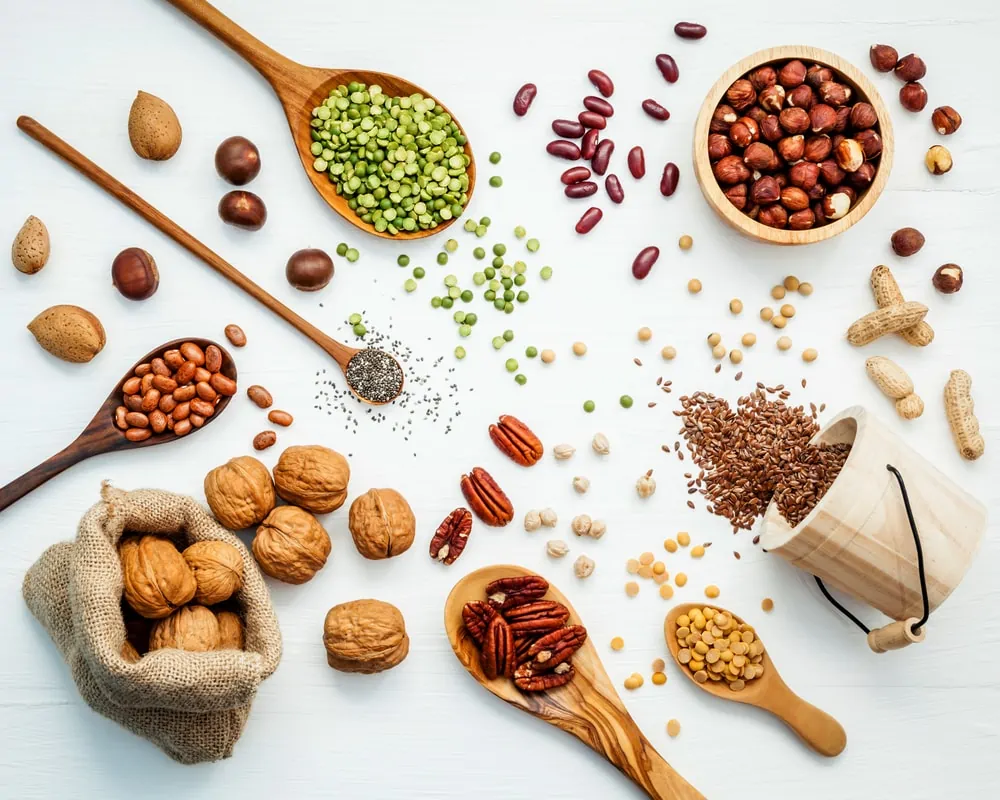

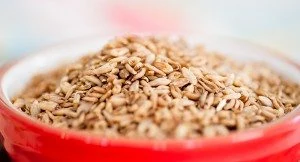
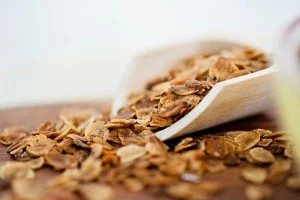
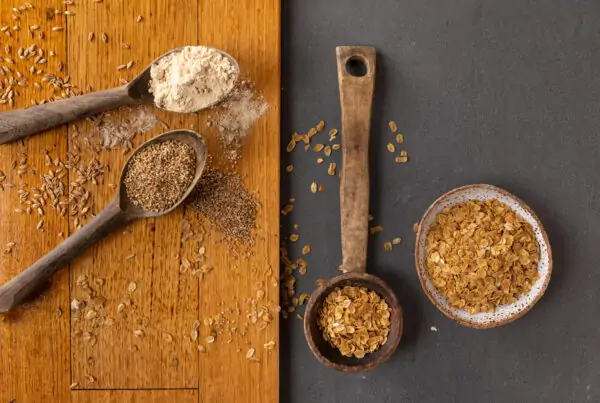

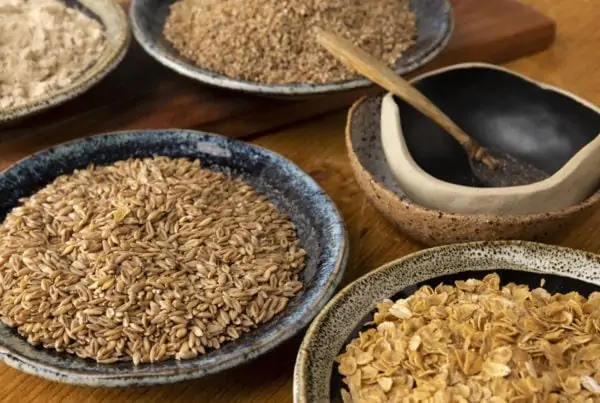

One Comment